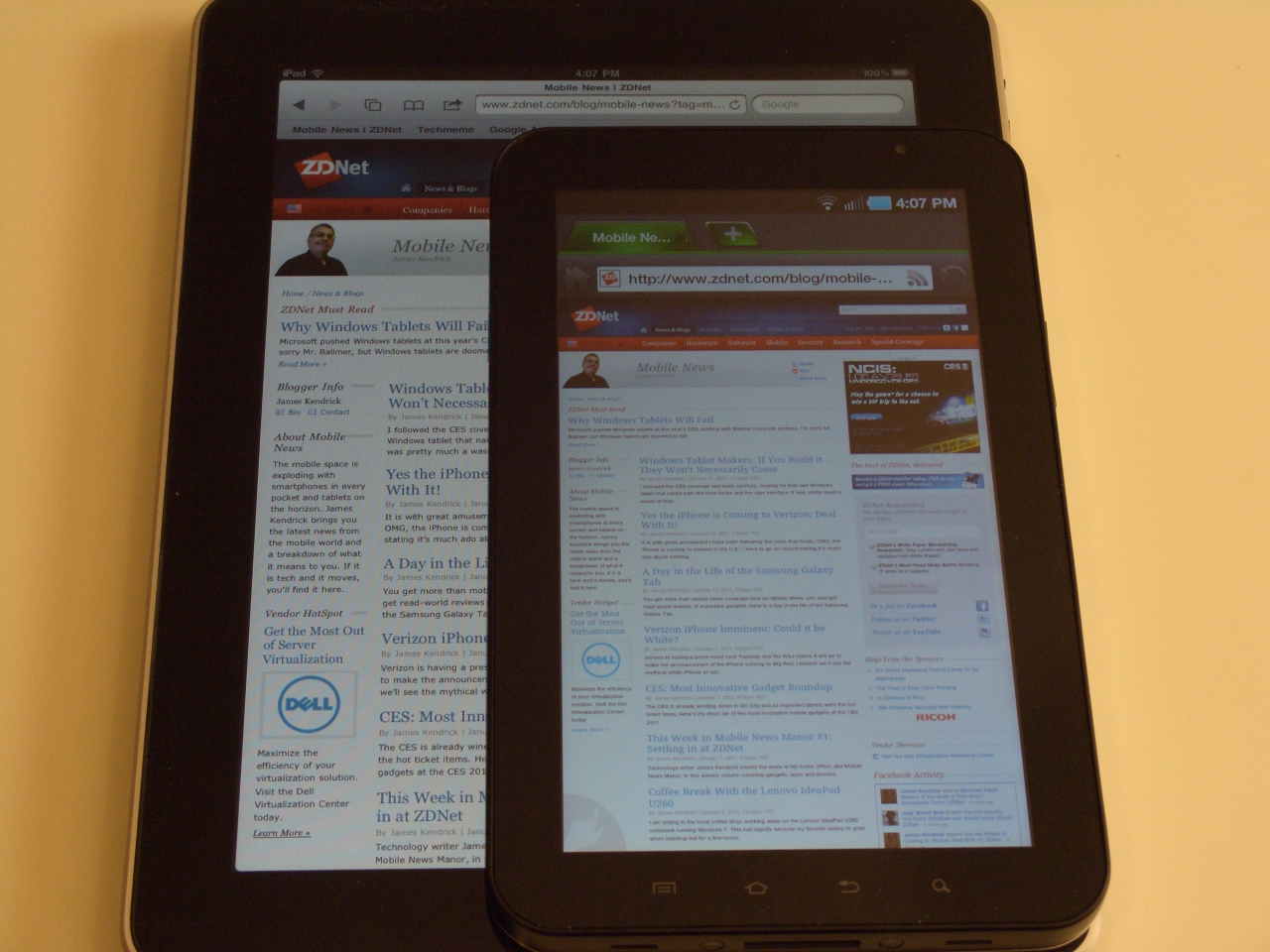The folly of refreshing Android tablet product lines too often


It can be a constant chore to keep up with Android smartphones as there are so many of them. The major companies that make them seem to release new (but similar) phones every few weeks. While it seems logical to blame them for superseding your new phone after such a short term, a lot of it has to do with the carrier-controlled business in the U. S.
HTC, Samsung, Motorola, and friends are at the mercy of the big phone carriers, and those companies insist on having special smartphones for their markets. That requires the phone makers to have far too many products to keep everybody happy. Producing so many similar Android phones means existing customers are often annoyed that their brand new phone is now "obsolete" with the announcement of the next best thing coming soon. As annoying as that may be, smartphone customers put up with it since the phones are so heavily subsidized by the carriers.
That's not the case with the Android tablet market, yet OEMs are also flooding the market with new models far too often. Whatever the reasoning behind the practice of producing multiple tablet models, the market is not big enough to support that business model. The average buyer of Android tablets (Kindle Fire excepted) is someone savvy with the technology, and if you announce an improved model shortly after shipping the current tablet it ends up upsetting the early adopters who've just become your customer. That's poor business practice, and totally avoidable.
We see this happen all the time in the Android tablet space. A recent example is the ASUS Transformer Prime. This state-of-the-art tablet only started shipping at the end of last year, but the company showed off a greatly improved model at the CES in January. Some who bought the new tablet were instantly alienated that a newer, better model was coming in just a few months. Others who had planned to buy the existing model decided to hold off and wait the short time until the better tablet was available for purchase. Neither one of those outcomes was likely what ASUS wanted.
The same thing happened with the ill-fated HP TouchPad tablet last year. Just days after the original TouchPad went on sale, HP announced a better model would be forthcoming shortly. The enthusiast community was immediately up in arms about getting shafted, having jumped on the first model at launch that would soon be not as good as the next version. Of course, this became a moot point when HP dumped the whole product line in just a few weeks, but the question remains why shoot themselves (and happy customers) in the foot?
The tablet market is much different than the smartphone market in the U. S. Having one solid model per year is plenty and it has advantages for both the OEMs and customers. A longer product cycle avoids annoying existing customers, and prevents prospective customers from holding off on a purchase they would otherwise make. It would also stimulate third party accessory makers to produce cases and other complimentary products for the tablets. With the existing practice of refreshing tablet models so often, it is too big a risk for accessory makers to design and build products to complement them.
The market for Android tablets is much different than that for smartphones, and it makes sense for OEMs to treat it properly. Focus on producing solid products that can last a while in the market, instead of constantly releasing models that are better than those only a few months old. Everybody wins with this practice, and the extended product cycle gives adequate time for product refreshes that can have a good reception by the market.